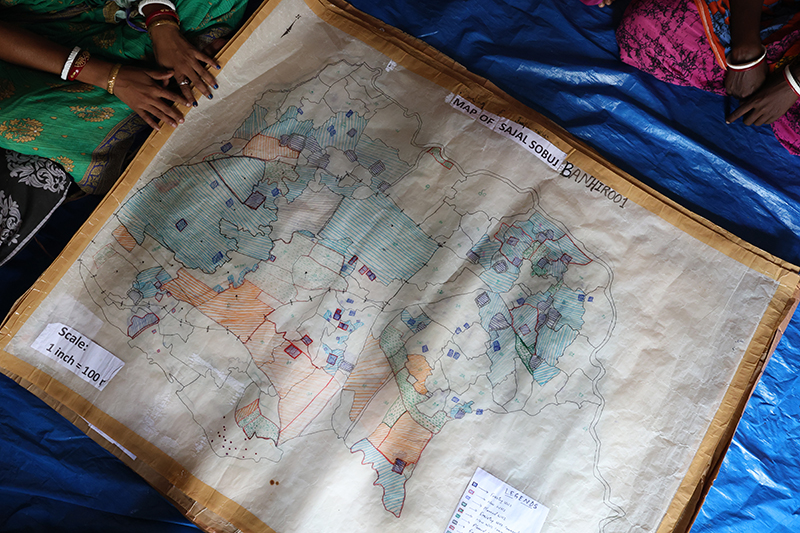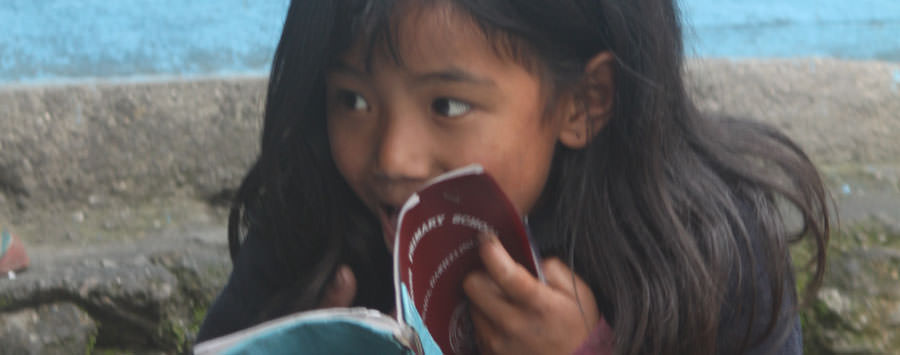
Education
Rural sanitation did not feature on the investment horizon during the first five plan periods as reflected in its negligible funding share. However, it received prominence from the Sixth Plan (1980-85) onwards amid the launch of the International Drinking Water Supply and Sanitation decade in 1980, says the 51st Report of Standing Committee on Rural Development related…
Read More
KEY TRENDS • A survey study by CRY across 71 districts in 13 states during September-October 2012 to assess the implementation of RTE reveals that: a. 11% schools did not have toilets; b. Only 18% schools had separate toilets for girls; c. In 34% schools toilets were observed to be in bad condition or unusable;…
Read More
KEY TRENDS • A survey study by CRY across 71 districts in 13 states during September-October 2012 to assess the implementation of RTE reveals that: a. 11% schools did not have toilets; b. Only 18% schools had separate toilets for girls; c. In 34% schools toilets were observed to be in bad condition or unusable;…
Read More
According to the report entitled: Status of Implementation of the Right of Children to Free and Compulsory Education Act, 2009: The Delhi Story 2012-2013, (please click here) prepared by Joint Operation for Social Help (JOSH) and OXFAM and financed by VSO India: • The present report attempts to understand the progress made on the implementation of the…
Read More
Salient features of the Right of Children to Free and Compulsory Education Bill, 2009 • The Parliament of India has adopted ‘The Right of Children to Free and Compulsory Education Bill, 2009,’ which envisages free and compulsory education to children in the 6-14 age group with the Lok Sabha approving it by voice vote. The…
Read More
According to the figures provided by CRY, NGO Global March Against Child Labour, and UNICEF, http://www.indiatogether.org/2005/oct/edu-rightedu.htm: • Only 53 per cent of all habitations have a primary school • On an average, an upper primary school is 3 km away in 22 percent of habitations • More than 50 percent of the girls in the country…
Read More
According to various sources of newspapers,http://infochangeindia.org/200812177540/Education/News/Right-to-Education-Bill-introduced-in-Rajya-Sabha.html: • Following the recommendations of Saikia Committee, the government has introduced 83rd Constitutional Amendment Bill in Parliament in 1997 to make right to education from 6-14 years a fundamental right. • The Supreme Court in its judgment in Unnikrishnan’s case (1993) has already held that citizens of India have…
Read More
KEY TRENDS • At the national level, the proportion of government schools having facilities like drinking water was 96.39 percent, boys’ toilet was 94.64 percent, girls’ toilet was 97.03 percent, boundary wall was 60.12 percent, playground was 56.98 percent, ramp was 71.50 percent, CWSN toilet was 19.59 percent, electricity was 56.45 percent and library was 79.36 percent, according to the Unified District…
Read More
The key findings of the report titled Gloom in the Classroom: The Schooling Crisis in Jharkhand, prepared by Gyan Vigyan Samiti Jharkhand, released in December 2022, are as follows (please click here to access): • The schooling system in Jharkhand is shot through with teacher shortages. Only 53 percent of primary schools and 19 percent of upper-primary schools…
Read More